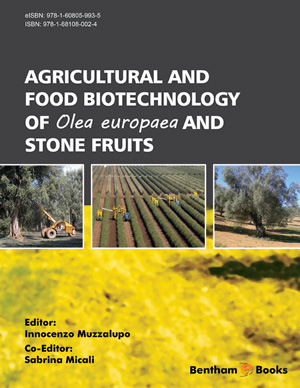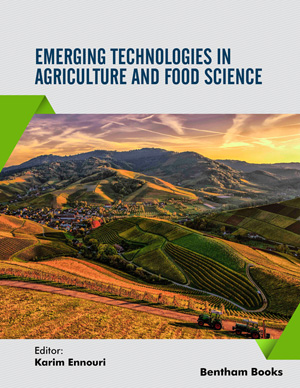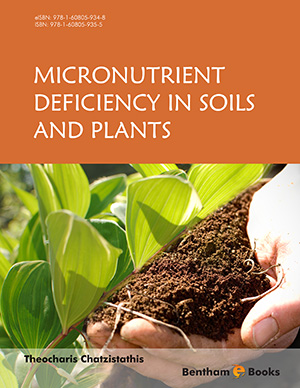Abstract
Plant breeding has made remarkable progress in recent years and many agronomically important characters such as yield, quality and resistance to biotic and abiotic threats have been improved in many crop species. The use of molecular markers and, more recently, the availability of sequenced genomes are fostering the characterization and isolation of genes involved in key processes related to these traits in many species. This is in turn giving the opportunity to apply marker assisted selection (MAS) enabling the production of improved varieties in less time and at reduced costs compared to traditional breeding strategies. In Prunus spp, many linkage maps have been produced and several traits have been genetically localized leading, in a few cases, to the cloning of the genes underlying important traits. More recently, peach (Prunus persica) was chosen as the model species of the Prunus genus and its genomic sequence has been obtained (Peach v1.0). This will offer new opportunities to genomic-assisted breeding in all stone fruits. In the present chapter, the latest achievements in the genetics and genomics of the Prunus species are discussed together with the main relevant breeding outcomes.
Keywords: Prunus, germplasm conservation, genetic resources, Quantitative Trait Loci (QTL), Mendelian trait, marker assisted selection (MAS), RNAseq, transcriptomics, Next Generation Sequencing (NGS), candidate gene, Peach v1.0, Expressed Sequence Tag (EST).














